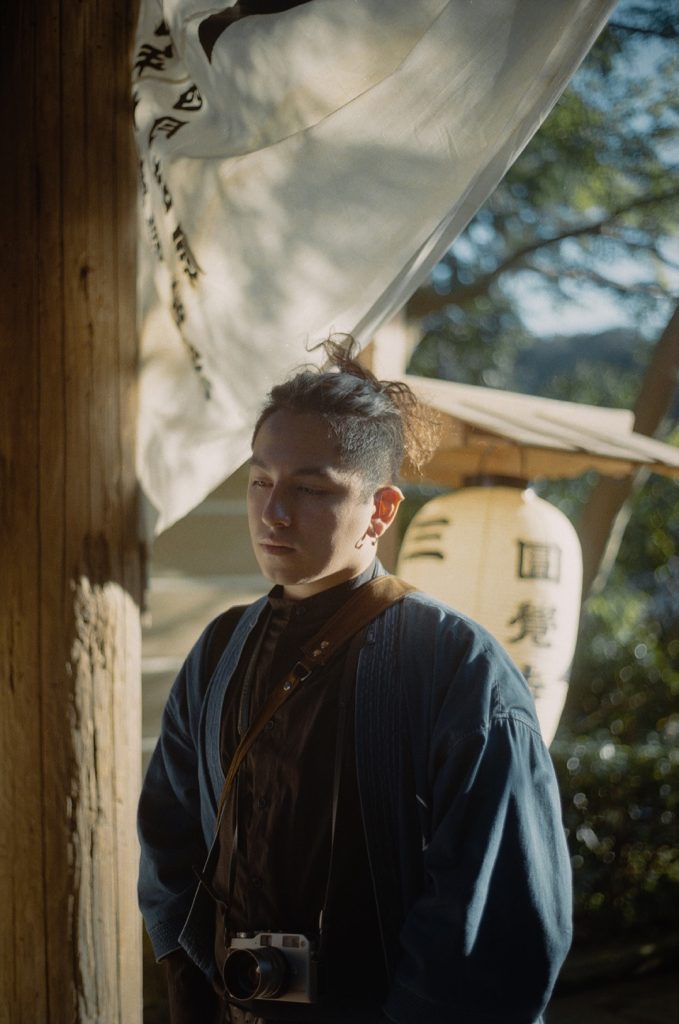Documentary — street photographer born in Chile, now living on the shores of Kanagawa, Japan. His work is shaped by a deep appreciation for rural landscapes, classical photography, history, and the concept of “what has been.”
Since graduating from art and film school in 2012, Arturo has immersed himself in storytelling through various disciplines such as editing, writing, and cinematography. His passion for visual language led him to pursue a master’s in picture studies, which opened a window to studies about phenomenology and the philosophy of art. During this period, he focused on the photographic works of Domon Ken [土門拳] and Sergio Larraín, discovering how photography transcends both time and cultural boundaries.
Filmmaking took him across Chile and Mexico, where he worked as a Narrative Developer, contributing to writing and working as a lead Editor on award-winning documentaries recognized for their unique and metaphorical narrative structures.
Almost a decade ago, Arturo moved to Japan to pursue a new photographic project. Inspired by Michael Wolf’s series exploring mediated landscapes, the project began by searching for ordinary places previously seen and captured through Google Maps — an exercise in translating the photographic medium from digital distance to physical proximity.
Arriving in these places was always strange. What he thought he would encounter was never what he actually found. It often felt like he was pursuing the ghost of an image — a place first perceived through the idealizations of a screen, now fractured by the physical world. This tension between expectation and reality gradually became one of the core foundations of his approach to photographing unfamiliar landscapes.
This symbolic approach later led him to collaborate on a project focused on reconstructing traditional kimonos from the Heian era, based on historical texts. For three years, Arturo documented and photographed theatrical adaptations that showcased these garments, attempting to capture their cultural and historical significance. Through this experience, he began to reflect on how much symbolism and signs still dictate the ways in which Japan is perceived and represented — both internally and externally.
Currently, two personal projects are in development: one documenting the quiet life in Muro-ji, Nara, inspired by the master Domon Ken, and another exploring the harmony of groups through their shared diligence in ceremonies — their collective relationship and dialogues with the sacred, their meanings, and beliefs. His interest has gravitated towards how communities articulate themselves through gestures, silence, and shared physical or spiritual efforts.
Often, his experience feels like witnessing a choreography — subtle, powerful, and deeply human. In a culture shaped by labor and individualism, it is precisely within these ceremonies where he feels he can truly see them.

